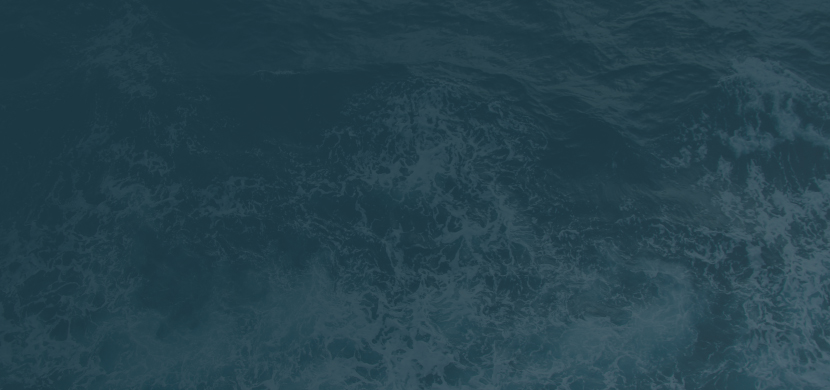December 22, 2021
Power Pods: Thrusters maximize fuel efficiency

Schottel just celebrated its 100th birthday. Located in Germany’s Rhine Valley, where the company began in 1921, Schottel continues to build its propellers to exacting standards. Schottel photo

You've caught the limit!
Free membership gives you access to:
- Unrestricted access to all NationalFisherman.com articles.
- Receive in-depth reports and research on various topics related to the fishing industry.
- Up-to-date news updates from the fishing industry delivered directly to your inbox twice a week.






